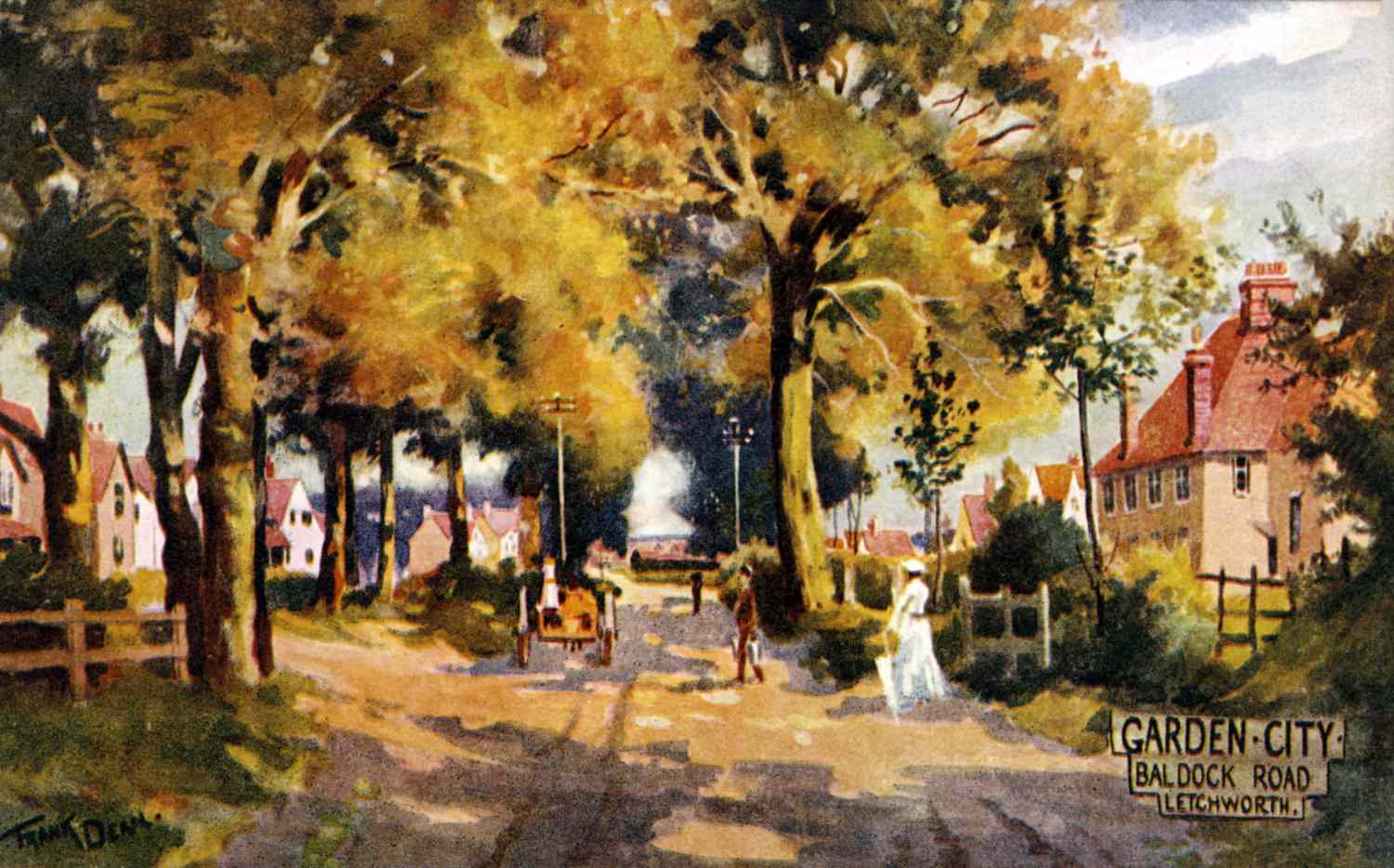[ad_1]
The yard metropolis motion was impressed by a utopian metropolis planning thought developed by Englishman Ebenezer Howard. Yard cities had been designed to produce entry to top-of-the-line elements of each metropolis and nation. Howard’s concepts grew out of the Industrial Revolution and had been, partly, a response to the state of affairs of staff in London. The yard metropolis motion has had a critical impression on correct this second’s metropolis planning requirements.
Historic earlier of the Yard Metropolis Motion
Howard first launched his yard metropolis thought in 1898 in a e e ebook entitled To-morrow: a Peaceable Path to Exact Reform, later republished in 1902 beneath the title Yard Cities of To-morrow.
Howard believed that splendid dwelling circumstances for individuals of all financial ranges could in all probability be created by establishing “metropolis/nation” cities with very specific parameters. His concepts had been constructed on prior utopian works, which extolled the thought of a fastidiously managed working class dwelling in idealized communities run by sturdy governmental establishments.
The Three Magnets
The JR James Archive / Flickr / CC BY-NC 2.0
Howard’s writing in the course of the Industrial Revolution was in response to metropolis slums, air air air pollution, and lack of entry to the countryside. An entire lot of his e e ebook was devoted to the thought cities, as they existed in his time, weren’t sustainable and would probably, lastly, needs to be destroyed. On the same time, he was conscious of the financial issues with rural farmers who, counting on the native climate and crop costs, generally lived in poverty.
In his e e ebook, Howard described “metropolis” and “nation” as magnets drawing of us to them for quite a few, usually opposing causes. He described the professionals and cons of every—as an illustration, the nation affords “fantastic thing about nature” nonetheless a “lack of society”, whereas the city decisions “social varied” in change for a “closing out of nature.” Howard argued that neither the city nor nation was splendid.
His reply to this dilemma of place was to create a “third magnet”—a town-country hybrid that will current each the conveniences of the city and the peace and fantastic thing about the nation.
Design of the Yard Metropolis
To offer splendid dwelling circumstances for a variety of individuals, Howard determined to create terribly structured, fastidiously laid out communities. In Howard’s time, British landowners had been allowed to make any use they wished of their very private land, so Howard envisioned looking for huge areas of land from aristocratic owners and establishing yard cities that will home 32,000 significantly explicit individual houses on 6,000 acres.
Howard had an elaborate plan in concepts: His yard cities would come with, ranging from the middle of the circle:
- an infinite public yard with public buildings resembling metropolis corridor, lecture halls, theaters, and a hospital;
- an infinite arcade commonly known as the “crystal palace,” the place residents would browse at a coated market and revel in a “winter yard;
- roughly 5,500 growing tons for specific explicit individual household houses (some with “cooperative kitchens” and shared gardens);
- schools, playgrounds, and church buildings;
- factories, warehouses, farms, workshops, and entry to a observe line.
Along with designing the bodily constructing of his yard cities, Howard furthermore created an elaborate plan for funding its setting up, managing its infrastructure, offering for the needy, and ensuring the successfully being and welfare of its residents. In its splendid kind, the Yard Metropolis would change proper into a bunch of smaller cities constructed spherical a fair larger central metropolis.
Notable Yard Cities
Corbis by means of Getty Photographs / Getty Photographs
Howard was a worthwhile fundraiser, and, all through the primary years of the twentieth century, he constructed two yard cities: Letchworth Yard Metropolis and Welwyn Yard Metropolis, each in Hertfordshire, England. Letchworth was initially fairly worthwhile, nonetheless Welwyn, constructed merely 20 miles from London, shortly turned an uncommon suburb.
Nonetheless, yard cities took off elsewhere. The motion expanded to the USA the place yard cities flourished in New York, Florida, and Virginia. Further had been constructed in all places on this planet in Brazil, South Africa, Japan, and Australia, amongst completely completely different locations.
Far more merely at present, Walt Disney’s distinctive considered the Experimental Prototypical Metropolis of Tomorrow (EPCOT) drew an superior deal from the yard metropolis. Just like the yard metropolis, Disney’s EPCOT was designed in concentric circles with radiating boulevards. Not like Howard, nonetheless, Disney envisioned having an excessive amount of non-public administration over the day-to-day administration of life in “his” metropolis.
Reward and Criticisms
Even correct this second, Howard’s concepts are the topic of each reward and criticism. Critics every noticed it as a helpful mannequin for metropolis planning or as a fashion for rising industrialism, damaging the atmosphere, and controlling the working class.
Howard’s enthusiasm for progress, industrialization, and progress with out regard for restricted belongings stands in battle with the views of correct this second’s environmentalists. Equally, his notion that metropolis facilities are unsustainable clashes with additional trendy planning beliefs.
Then as soon as extra, the thought of a yard metropolis took root in metropolis planning, ensuing inside the rise of inexperienced areas inside metropolis landscapes.
[ad_2]
Present hyperlink
